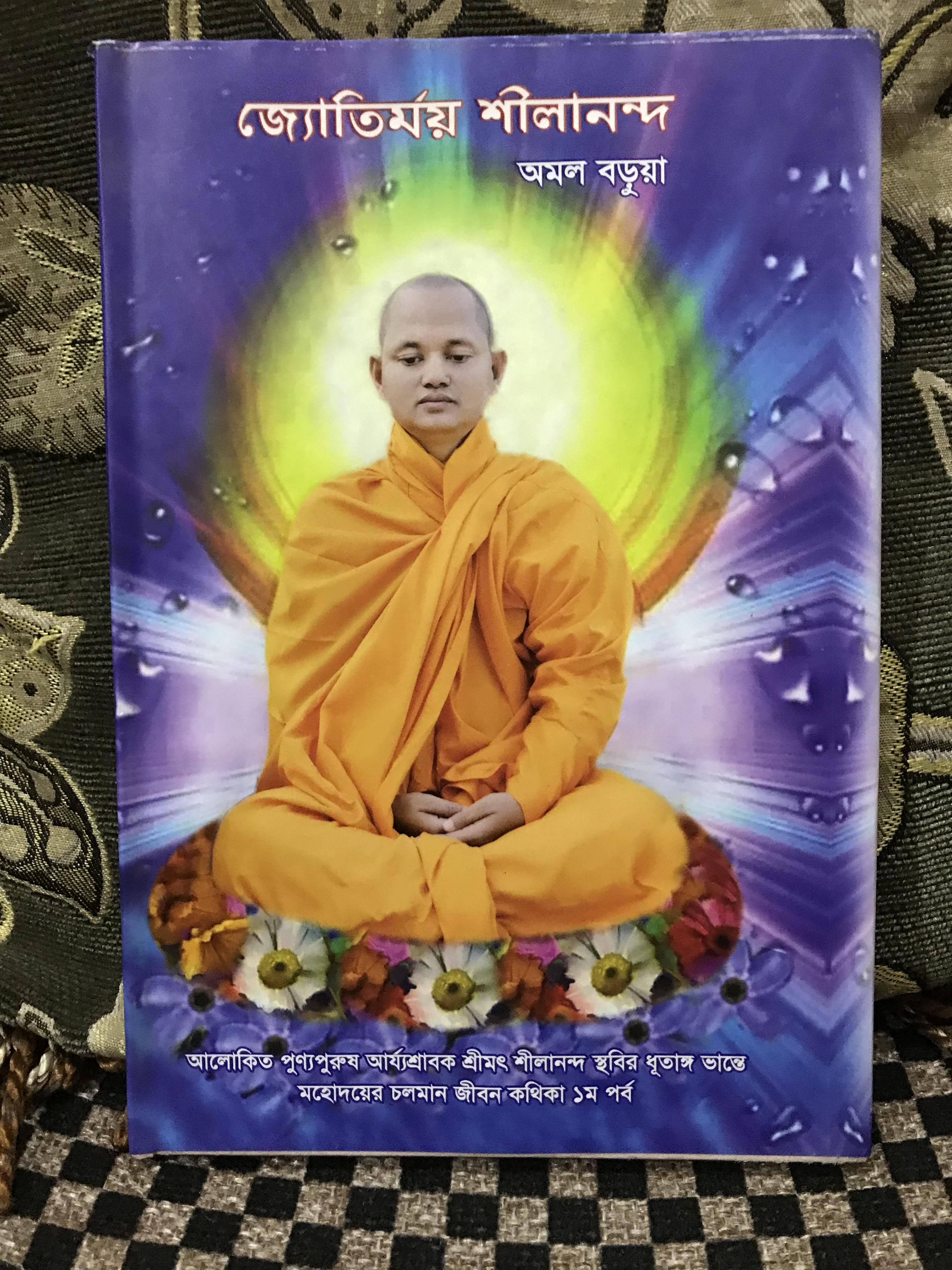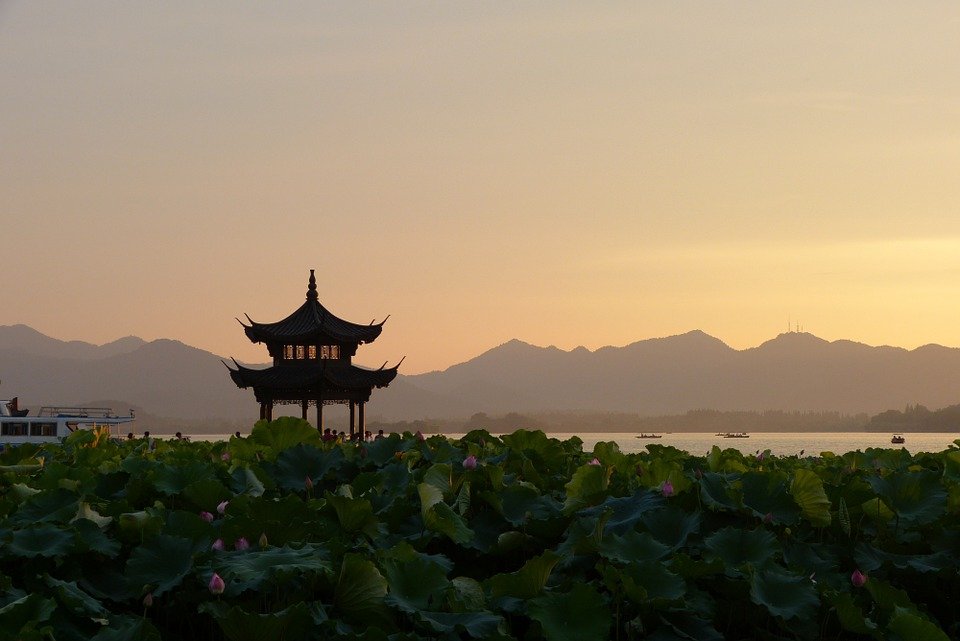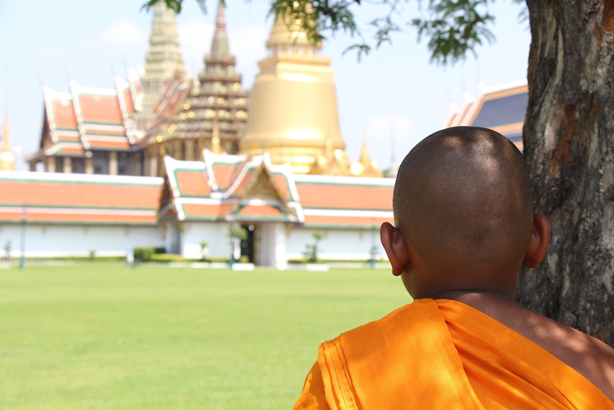How Amal Strives to Preserve the Heritage Monuments in Bangladesh
War and Peace: Dichotomy of Human Civilization
Peace and chaos: the two stages of life never fail to appear in a cyclical order. Peace promises stability, growth, love. It flows in like an ancient river, nurturing every soul planted by her banks. Peace is when a glorious sunset evokes poetry in the human mind and thus gives birth to excellent artistic endeavors, in poetry, music and sculptures.
The idyllic order of the peaceful states soon gets disrupted, as chaos finds a way. And historically, chaos has always been a tremendous disruptive force of energy. Come the next famine or wartime destruction, a plague or a natural calamity, chaos has signed off an ugly testimony. Death, destruction, heartbreaks, violent massacres, full-fledged war situations and more: chaos flaunts a scary face.
.jpg) “Peace comes from within. Do not seek it without.” – Buddha
“Peace comes from within. Do not seek it without.” – Buddha
World Peace Day & its importance
World Peace day is a testimony by UNESCO to men’s endeavour to maintain world peace and more. On the 21st of September, human society collectively spares a few moments to ponder upon the intense need to maintain peaceful co-existence on Earth. Earth, the eternal home for every living species, with her diverse sets of flora and fauna, and pockets of myriad customs and rituals in human society, demands sustainable peace as the order of the world.
Humans have evolved and eventually got a grip over the world’s tallest mountain ranges as well as the deepest trench in the sea and further, ventured into the deep ended space armed with the know-how and international polity. Yet, the primitive instincts of power play and building a bigger empire remains unchanged amongst many of the world leaders, often acquiring an unaccounted for storage of mass destruction weapons!
While the World Peace Day is a relatively new concept, historical evidence suggests many religious monuments, especially inspired by Buddhism found its way in the Indian subcontinent that propagated universal love and brotherhood among fellow beings. The Buddhist monuments often signified the end of a bloody war and path to a new beginning of wisdom and compassion.
“We can never acquire peace in the external world until we make peace with ourselves.”- Buddha
.jpg)
Peace as the need of the hour of the world with the rise of right wings, terror attack and climate crisis
In a dangerously skewed far right political situation, thought leaders, especially in religious fields, have emphasised on the need of restoring peace. The argue sighting the futility of war, as there is plenty of historical evidence. More often than not, it worked like a charm, signifying the fact, commoners tend to prefer peaceful living collectively.
Lord Buddha’s teachings in simple words to pinpoint the cause of unrest and fight against the dichotomy to attain peace on an individual level is remarkable in that manner. History has proven, Buddhist ideals of peace have positively influenced world leaders.
Legacy of Peace: How Chandashok turned Dharmashok with Buddha’s teachings!
Closer to home, the change of Ashoka from Chandashoka to Dharmashoka is the finest example of influencing war mongering hate politics into an inclusive development model. Maitreya Buddha’s preachings of love and compassion caused a sea change in the mind of emperor Ashoka, who ravaged Kalinga in 261 BC in ancient India. The Daya river had turned red with the intense human cost of the war.
Later, the emperor kneeled on his knees and begged for forgiveness for the destruction caused to the Buddhist monks and devoted his life to spreading the message of peace and love across the Indian subcontinent. A rarity indeed, considering emperors had only contemplated conquering the world and Ashoka had all the means and valor to continue with his quest for power. His children reached out to far off nations, with a message of friendship and teachings of Buddha.
.jpg)
“World peace can be accomplished when, in every individual, the intensity of affection replaces the adoration for power. When the intensity of affection defeats the adoration of power then the world will know peace.”-Buddha
Buddhist Monuments of Peace Erected by Emperor Ashoka
Plenty of monuments, pillars and inscriptions are found across Indian subcontinent that bears significance to Ashoka’s philosophy and obedience to Buddhist teachings of peace and compassion for fellow beings. One of the most notable relics is the pillar erected by Ashoka at Mayadevi temple, Lumbini, the birthplace of Shakyamuni Buddha! The Dhamma Stambhs, the pillars of religion erected by Ashoka with a lion head eventually became the national emblem of India.
The world recalls Ashoka and his legacy as an epitome of love and compassion, an immensely powerful man who left the path to power with bloodshed, instead leaned on uplifting his subjects.
Nations with Nuclear Arsenal while Thought Leaders propagating Peace in twenty first century!
In recent history, nations are staggering to maintain an amicable diplomatic relationship. The threat to a full fledged nuclear war is real. Yet, we can find inspiration in the aftermath of horrific Hiroshima and Nagasaki bombing in Japan. More than 80 peace pagodas beam in ivory white around the world, as Japanese monk Fujii had envisioned. Point to be noted, Fujii was immensely inspired by Mahatma Gandhi and his politics of non violence during world war 2.
However, propagating and educating the world about peace and bringing in a fresh air of change is not the sole responsibility to groups or nations only. Many a time, an individual takes the onus and influences the larger community with thoughts and means to achieve a sustainable peaceful lifestyle.
Amal Barua of Bangladesh: how an Individual is bringing change with Buddha’s Teaching of peace!
Forty years old Amal Barua of Bangladesh has been a pathfinder in individual capacity who propagate peace after the footprints of Buddha and his teachings. Armed with a masters degree in Public Administration, Amal has written as many as nine books in Bengali. He is a shining example of how a man alone can fight against the odds and keep stretching his goodwill for what he believes in.
A resident of Chittagong, Bangladesh, Amal Barua extensively writes about the Buddhist community of the bordering hills. Buddhist in Bangladesh represents less than 1% of the entire population. Amal understands the pain and series of exploitations that minority community face from administration and has been vocal about their rights since the beginning.
Amal’s Objective and Goal
Community development lies at the crux of bringing in sustainable peace and development. Amal addresses that vividly. The economically backward and underprivileged minority community of Bangladesh, whose rich heritage and culture often gets overlooked and finds a way into oblivion with time, finds a ray of hope in Amal’s portfolio of social work and writing. He emphasises on preserving the indigenous culture, heritage, history, rituals, religious values of the Buddhist community.
While Amal’s writing renders confidence to the underprivileged, he actively counsels the juveniles of the community with career guidance, education and often helping them arrange essential means for livelihood. Amal’s social contribution has found a strong foundation in Buddha’s teachings of inner peace, happiness, prosperity and liberation from suffering.
The Humble beginning of Amal Barua!

However, Amal’s had a very humble beginning. More than two decades ago, Amal and his batchmates in college founded “Buddhist Cultural & Friendship Association” . Its sole purpose was to become a support system to the unprivileged and backwards Buddhist community. Not only religious teachings, but Amal had identified the need to preserve the social and cultural identity of the community as well.
To sustain the minority Buddhist community in Bangladesh in longer run, Amal identified the need to educate and assist members on a granular level.
To eradicate the grip of superstitious beliefs, and introduce the light of authentic religious teaching, Buddhist Cultural & Friendship Association started to regularly organise Dhamma preaching program. Eminent Buddhist scholars from around the globe visited the congregations and taught attendees on Buddhist Sutras straight from the manuscripts. Dr. Rasthapala Mahathera, Hon’ble founder & director of international Meditation Centre, Bodhgaya, Bihar, India was an honorary invitee of one such session.
Buddhist Cultural & Friendship Association further extended its support to help meritorious students from economically challenged families. The organization is functional and instrumental in uplifting lives of Buddhist students. Amal presides over Buddhist Cultural & Friendship Association as of today.
Amal’s source of support is his family, especially his spouse Mrs.Tinni Barua, who shares responsibilities of the mammoth task as well. His contribution has been hailed positively by the community and friends alike. Besides his passion on social activities, Amal also run a business to support his family.
Support from the close one keeps Amal going against a biased political regime, often bordering oppression and affecting the free flow of work. Besides, financial constraints pose a major threat to his notable work.
However, a devout disciple of Lord Buddha, Amal mentions his inspiration is Buddha and his life and teachings as illustrated in the religious manuscripts. To quote his words on what keeps him going despite the challenges, “Bahujana sukhaya bahujana hitaya cha”- for the happiness of the many, for the welfare of the many" which always inspired me to continue my work.”
With profound knowledge in Buddhist teachings, Amal has authored as many as 9 books in Bengali. Written in simple words, his books illustrate Buddha's teachings of love and compassion. To reach the mass and extended part of the community, Amal distributes his books free of cost. His intention is to reach as many people as possible and propagate the inherent beauty of Buddhism.
The first book authored by Amal was published on the eve of Holy Vesak Day (Buddha Purnima) on 2553 Buddha Era. the day is marked as 9 May 2009 in Gregarian calendar.
A list of books published by Amal:
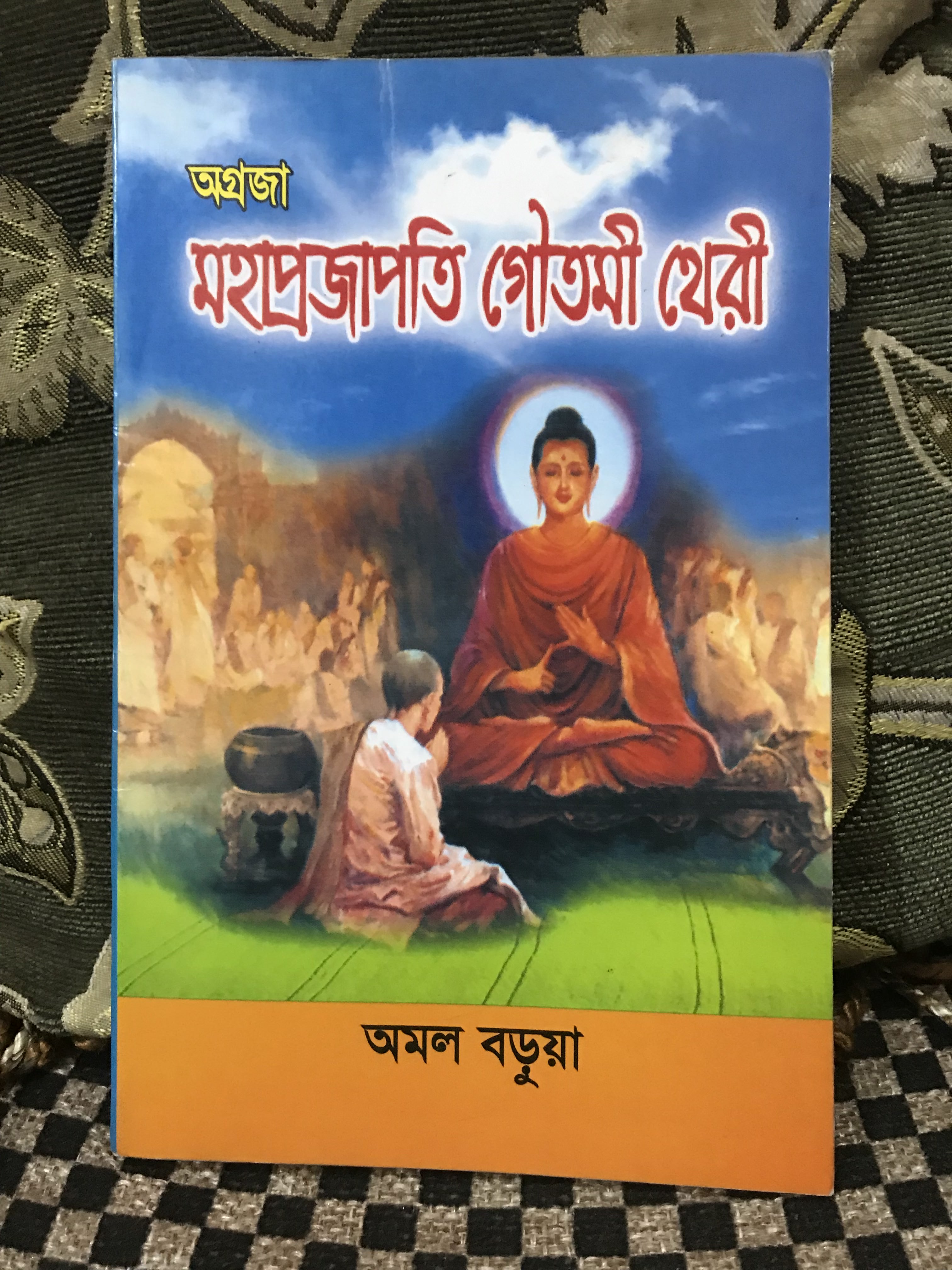
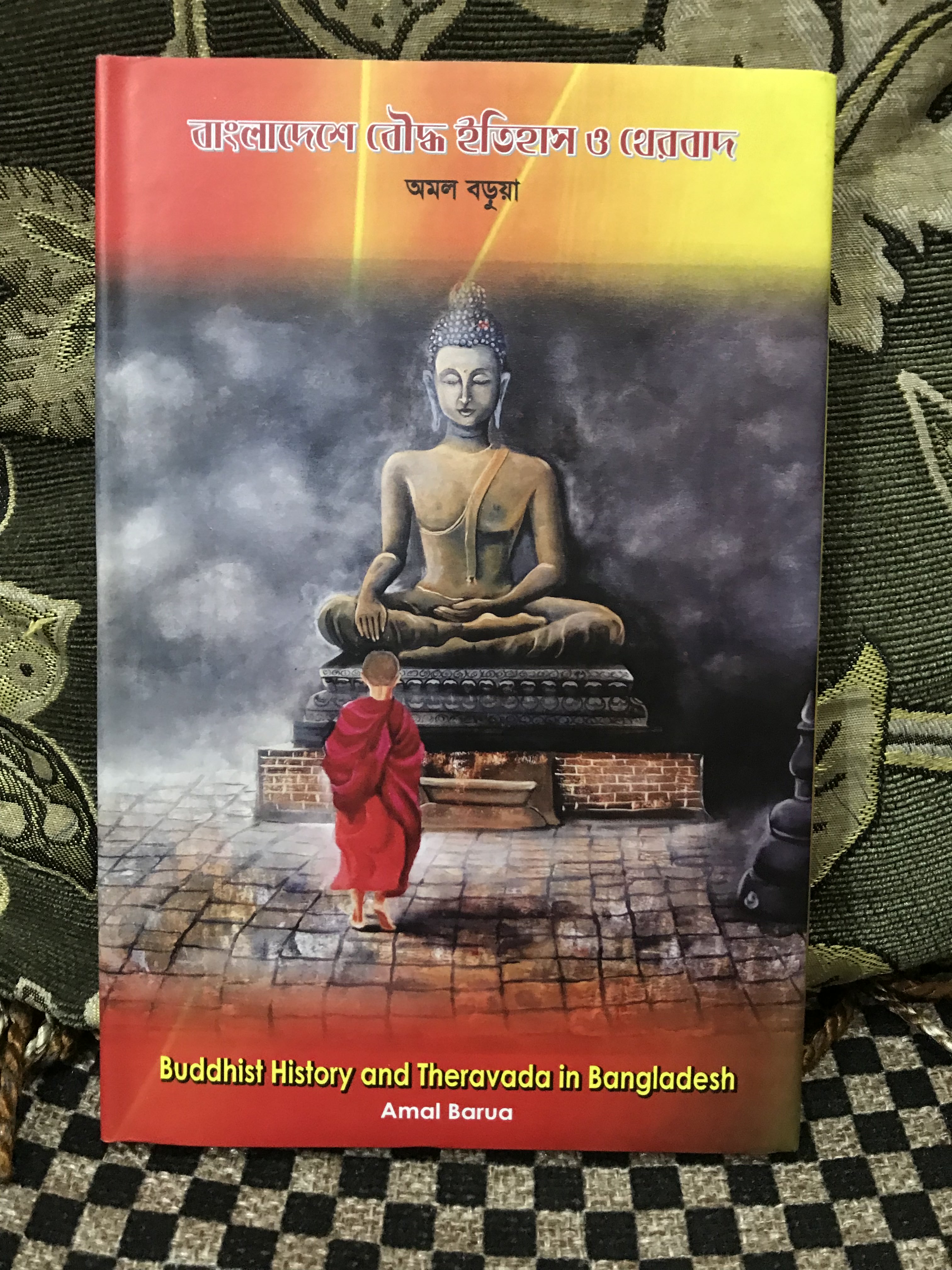

- Alokito Mahajibon (Short Biography of pioneer Buddhist Monks) Published on 2553 Buddha Era, 9 May 2009.
- Agraja Mahaprajapati Goutami Theri – Published on 2553 Buddha Era 9 March 2010.
- Yashodhara – Published on 2557 Buddha Era 14 April 2014
- Parjalochana: Bartaman Samoye Arahant Hotey Parbe Kina (A Study: Whether There Can be any Arahant at the Present Time), Published on 2558 Buddha Era, 26 December 2014
- Bouddha Dharma O Ganatantra (Buddhism and Democracy), Published on 2559 Buddha Era, 13 November 2015
- Bangladeshe Bouddha Itihas O Theravada (Buddhist History and Theravada in Bangladesh), Published on 2561 Buddha Era, 15 September 2017.
- Bouddha Dharma O Dharshan (Buddhism & Philosophy), Published on 2562 Buddha Era, 29 April 2018.
- Dharmaraj Asoka, Published on 2562 Buddha Era, 27 July 2018.
- Jotirmoy Shilananda 2563 Buddha Era, 2 November 2018.
Amal is also a member of notable organizations like Buddhist (WFB) Bangladesh Regional Centre etc.
A scholar is Buddhist teachings, Amal has dedicated his life to the propagation and upliftment of Buddhism and its followers.
Amal’s Endeavor to save the Buddhist Monuments!
Amal identifies the teachings of Buddha and the message of welfare can be instrumental in uplifting the downtrodden and oppressed. A sustainable approach to world peace can be achieved by propagating harmony and inner peace, the very crux of Buddhism. He also stresses on the need of securing Buddhist establishments, antiquities, historical monuments, Buddhist states and Buddhist people against oppressive regimes and organised terror. He points out the need to establish a united platform to put a voice to the voiceless!
Hailing from Bangladesh, Amal stands witness to the lack of administrative empathy to save the age old Buddhist monuments of the land, designated as important evidence of history. Mahasthangarh, Mainamati Shalban Bihar are places where Buddhist relics and antiquity are found in abundance, however little to no effort has been channelized to preserve the heritage. Once upon a time, Bangladesh was a sprawling field of Buddhist culture, due to the king's patronage.
However, sectarian violence and subsequent Hindu and Muslim invaders had changed the fate of Buddhist heritage in Bangladesh. History has changed and democracy took the throne. However, priceless heritage comprising of Buddhist relics and antiquities lie in negligence in many parts of Bangladesh. Amal opines, preserving the Buddhist monuments and antiquities are the first steps to preserve the rich culture of Buddhist community of the country.
You may find Amal in Facebook and Linkedin to connect further and know about his notable work.
Conclusion
The ancient monuments testify to a collective human effort to channelize energy and resources towards the betterment of human civilization. They mark the beginning of a new chapter with inclusiveness and sustainability as the major drivers. To attain a sustainable developing future, we need to work towards sustainable peace as well, in individual as well as collective capacity. Amal’s story is one such inspiration. A culture of peace can be attained by promoting and understanding diversity, as lessons learnt from history since time immemorial.
“If we have no peace, it is because we have forgotten that we belong to each other.” – Mother Teresa


